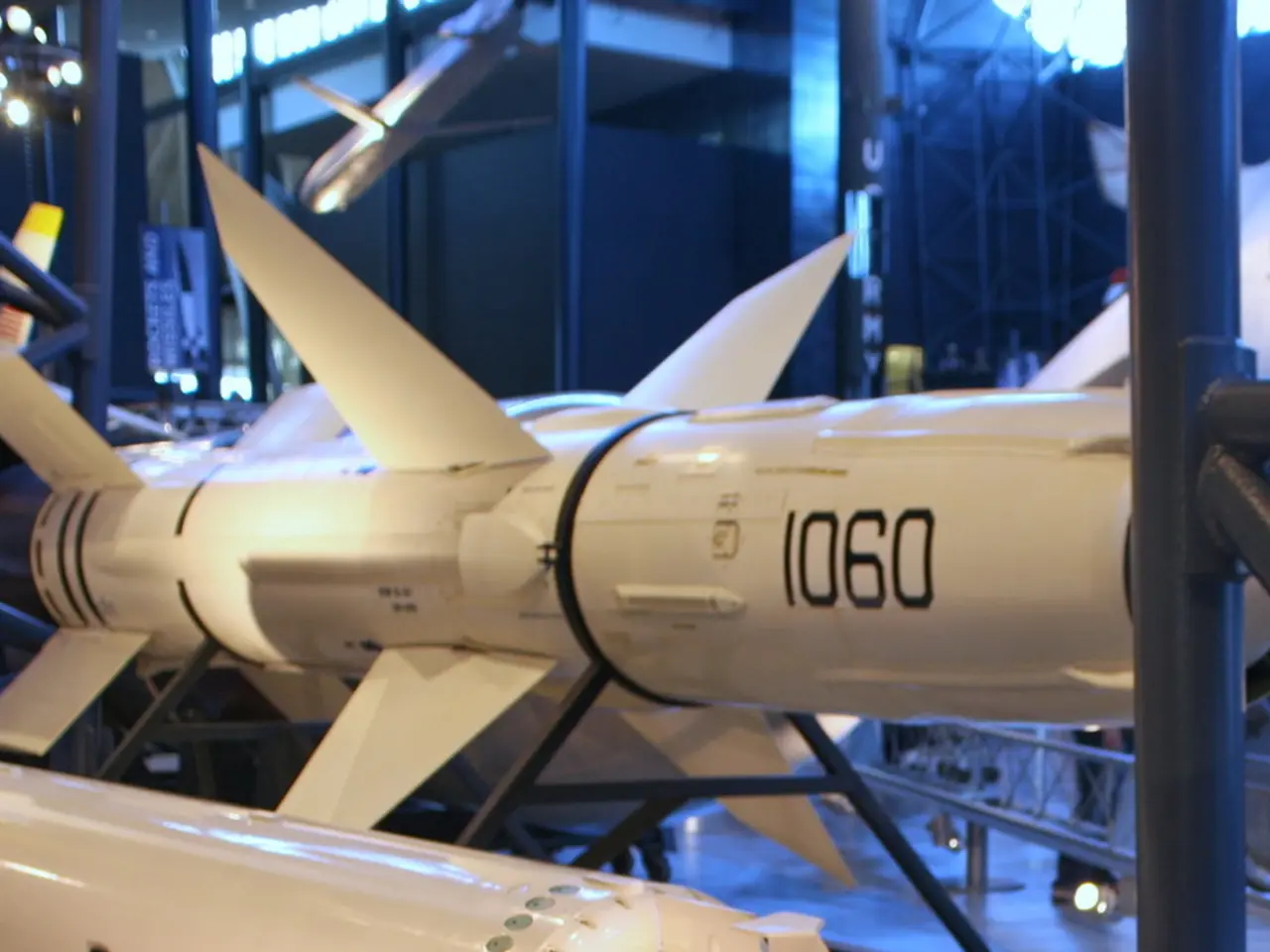GE Aerospace Achieves Hypersonic Milestone With Rotating Detonation Combustion
GE Aerospace has achieved a significant milestone in hypersonic propulsion technology. The company's Edison Works recently tested a dual-mode ramjet, marking a rapid transition from concept to test in less than 11 months.
The test campaign surpassed expectations, showcasing robust operation and a threefold increase in engine airflow compared to previous hypersonic technology demonstrators. This breakthrough was made possible by GE Aerospace's rotating detonation combustion (RDC) technology, which enables higher thrust and improved efficiency at a smaller engine size and weight.
GE Aerospace's rotating detonation combustion designs are scalable. In just 10 months, the company progressed from a legacy ramjet to a 3X scale demonstrator with RDC. This rapid progress was evident in the successful testing of two RDC engines: a missile-scale ramjet and a dual-mode ramjet for high-speed aircraft. The successful development and testing were a result of collaboration between GE Aerospace engineers, GE Aerospace-Innoveering, and the GE Aerospace Research Center. In 2022, GE Aerospace-Innoveering also collaborated with Hermeus Corporation, a company specializing in hypersonic propulsion technology.
The successful tests of GE Aerospace's rotating detonation combustion engines could enable high-speed flight and extended range across numerous multi-mission platforms. This breakthrough in hypersonic propulsion technology demonstrates GE Aerospace's commitment to developing the next generation of defence propulsion and systems.
Read also:
- Thieves Steal Unique Sculptures from Redwood National Park's Grove of Titans
- International powers, including France, Germany, and the UK, advocate for the reinstatement of sanctions against Iran.
- Companies urged to combat employee resignation crisis, as per findings from the Addeco Group
- Republicans advocate Trump's domestic policy plans in Iowa, though some business owners remain skeptic







